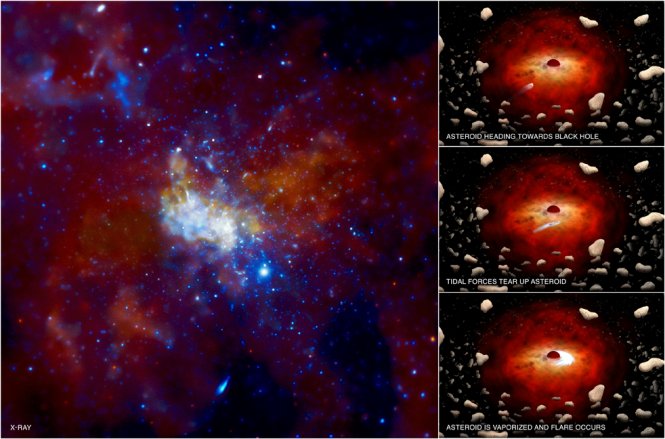Ultra-High-Energy Gamma-Ray Astronomy
Energetic atomic nuclei from hydrogen to iron coming from the outer space to the Earth - cosmic rays - were discovered in 1912 by an Austrian physicist Victor Hess. Theoretically it is speculated that cosmic rays with energies below 4 x 1015 eV = 4 PeV (1 eV ≅ 1.6 x 10-19 J) are created by astrophysical accelerators (PeVatrons) within our Galaxy, such as supernova remnants. Experimentally, however, none of the PeVatrons has been identified so far. Since cosmic rays have an electric charge, their paths are bent by the interstellar magnetic field before they arrive at the Earth. Their arrival directions measured at the Earth, therefore, do not point to their sources. Meanwhile, some of the PeV cosmic rays collide with ambient gas around the source where they were created, and produce gamma rays of roughly 100 TeV energy, which is one order of magnitude lower than the energy of their parent cosmic rays. Since gamma rays travel straight to the Earth without being affected by the magnetic field of the space, their arrival directions measured at the Earth point to their sources. Through the world’s first observation of these 100 TeV gamma rays, we will search for the origin of cosmic rays.
"Sagittarius A*" at the center of the Galaxy. Sagittarius A* is thought to be the location of a supermassive black hole, and expected to be a source of ultra-high-energy cosmic rays (PeVatron).
Credits: X-ray: NASA/CXC/MIT/F. Baganoff et al.; Illustrations: NASA/CXC/M.Weiss

